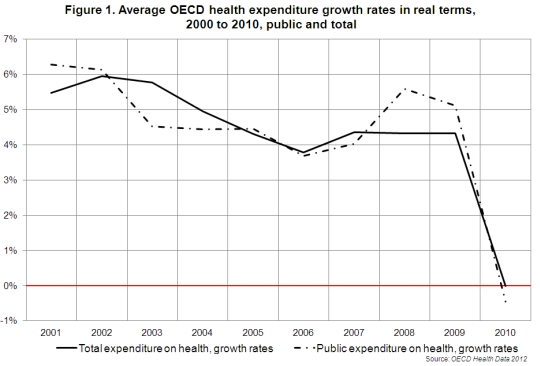
A health expenditure which is slightly below the OECD average (9.3% of GDP, against 9.5%) and which in 2010 showed a slowdown, going from a growth rate of 1.9% between 2000 and 2009, to 1.5% in 2010, and a presence of doctors which is well above the average (3.7 active per 1,000 inhabitants), while the number of beds per inhabitant are below average and constantly decreasing. These are some of the data that photograph Italian healthcare revealed by the OECD in the report! on national health systems (2010 data). According to what emerges, healthcare in Italy is financed by public funds for 79.6%, with a per capita expenditure of 2,964 dollars, against an OECD average of 3,268. The number of hospital beds is 2.8 per 1,000 inhabitants, lower than the OECD average and steadily declining. "This decline" explains the report "coincided with a reduction in the average period of hospitalization and with an increase in surgical procedures carried out in day hospital or in an outpatient setting". In Italy, again according to the report, there are 3.7 active doctors for every 1,000 inhabitants, while the number of nurses is 6.3. The first figure is well above the average, the second below, which, according to the study, "shows an overabundance of doctors and a shortage of nurses, which results in an inefficient allocation of resources".
June 29, 2012 - DoctorNews

OECD Report 2012. And with the crisis, healthcare spending is also collapsing
The average of the 34 member countries of the Organization shows that in 2010 the resources used for health protection did not increase. And in Europe, indeed, the performance of the most financially compromised countries has led to a reduction. See the chapter on Italy.
28 JUN


